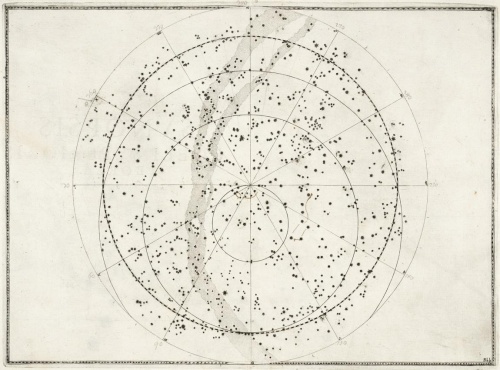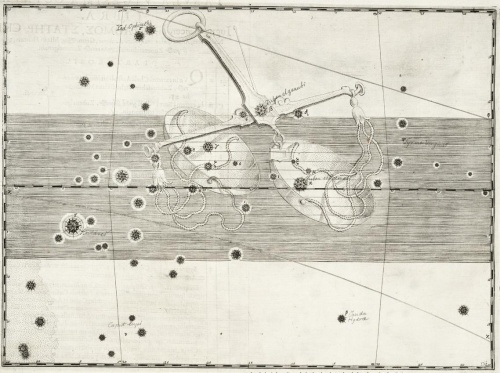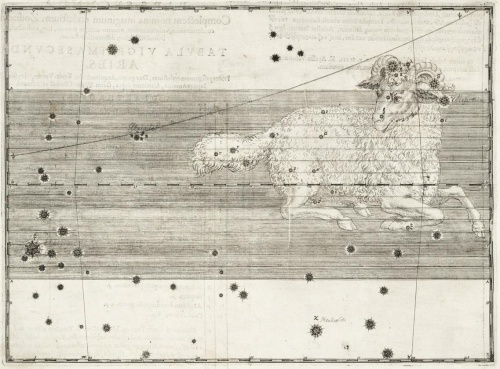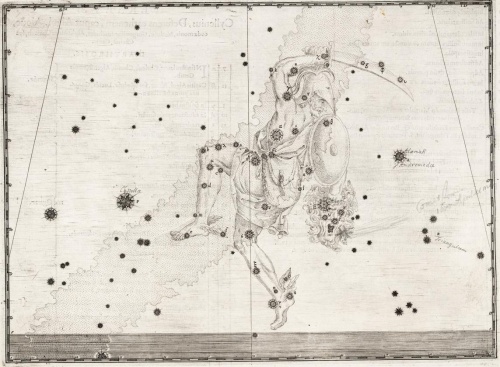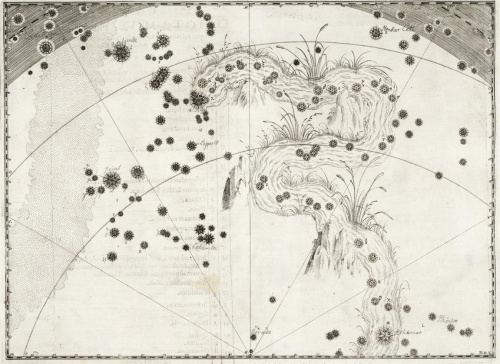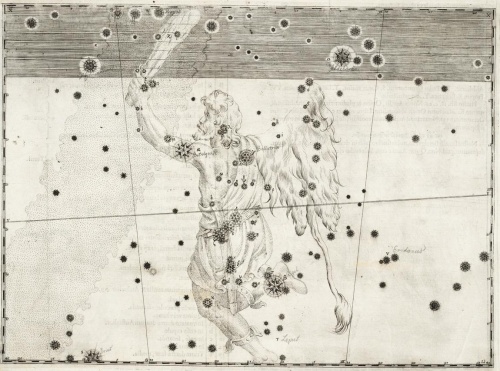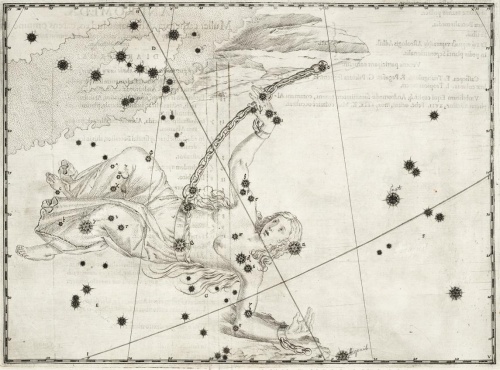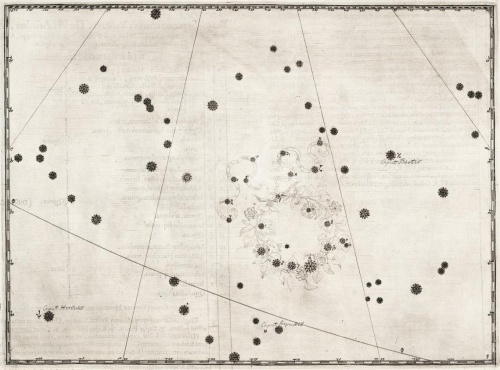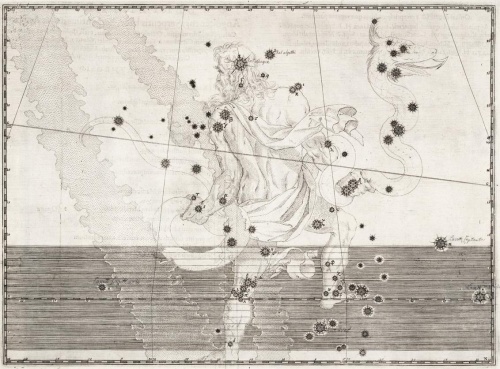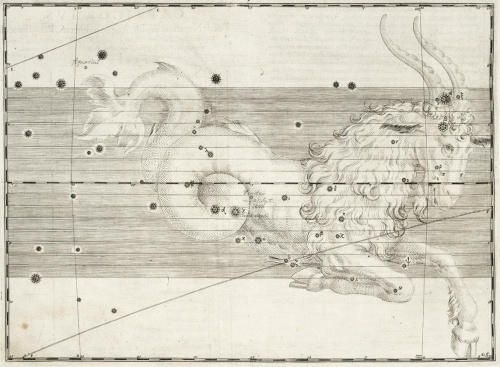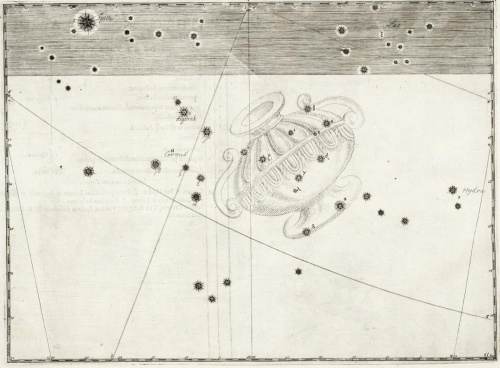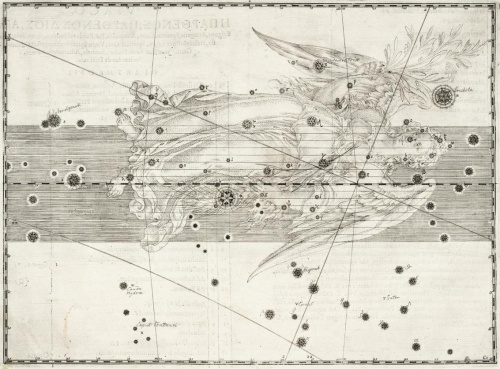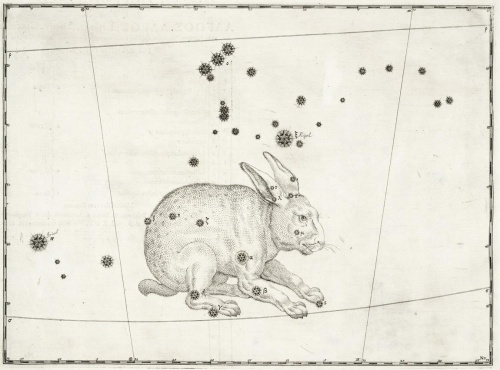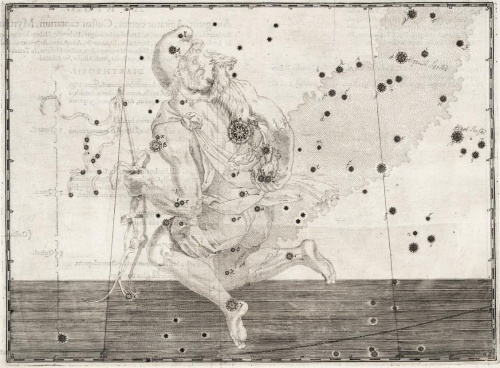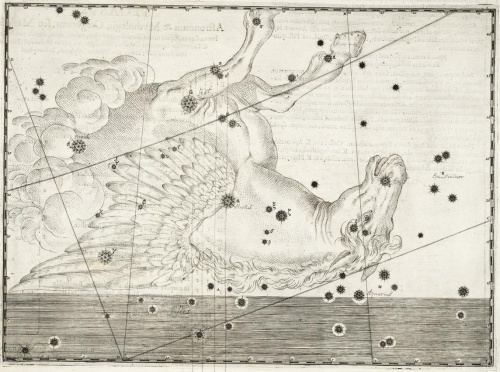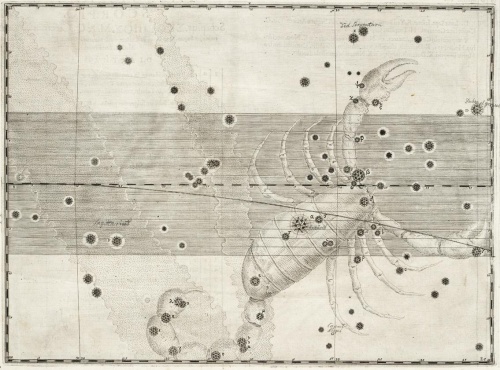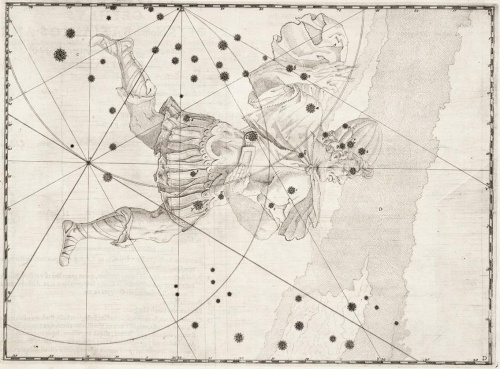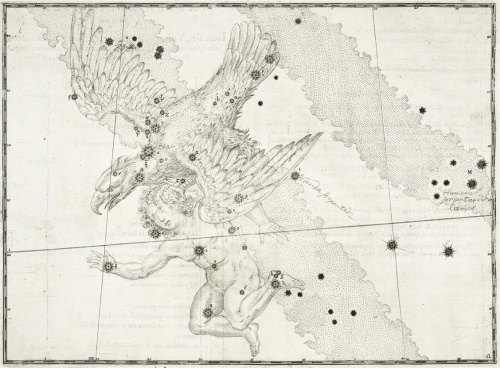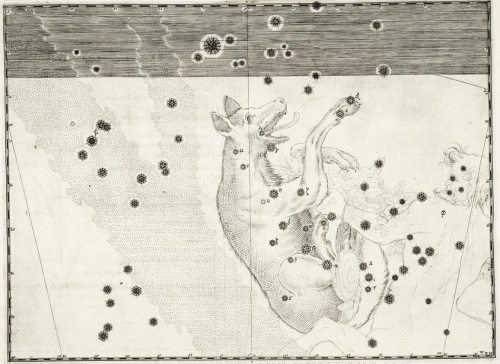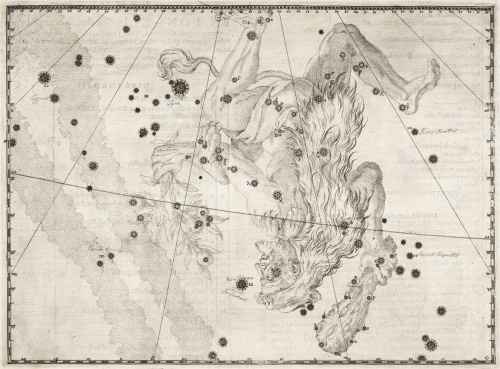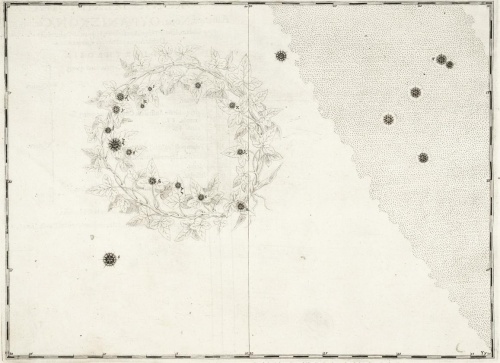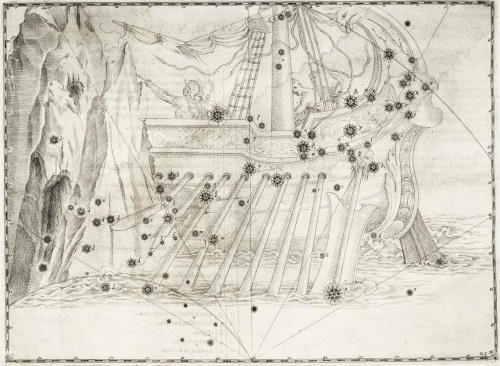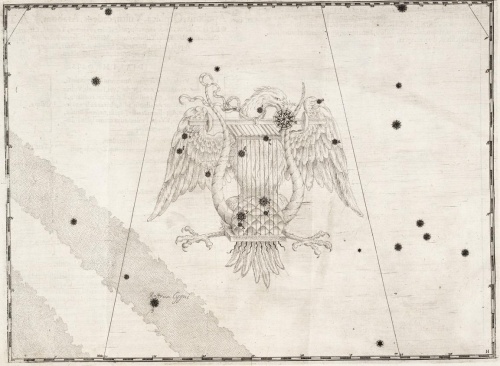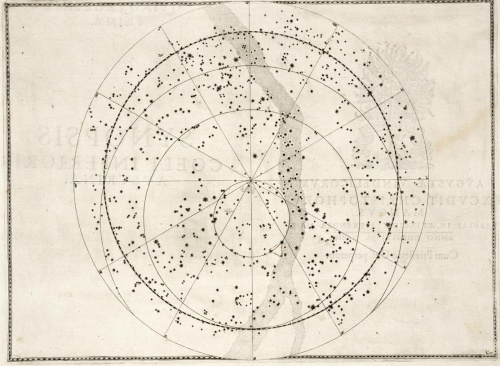Atlas of star maps "Uranometry" by Johann Bayer (51 photos)
Разрешение картинок от 1113x815px до 1156x853px
The first "modern" model of star maps is the famous atlas "Uranometry" by the Bavarian lawyer and astronomer Johann Bayer (1572 - 1625), the first edition of which was published in 1603. This work was printed by the Gutenberg Bible. For its time, the atlas was very progressive, and the maps were skillfully made. Bayer was the first in the history of uranography to map the stars with high (for his era) accuracy, using the observations of the Danish astronomer Tycho Brahe (1546 - 1601). Despite the fact that they were made in the pre-telescopic era, Tycho determined the positions of many stars with an accuracy of one arc minute.
Like other Western star atlases of its era and earlier, Bayer's atlas uses the ecliptic coordinate system. Every 30 degrees, vertical lines were drawn, limiting the signs of the zodiac and converging at the poles of the ecliptic. The map fields are calibrated every degree. To construct the atlas, a rectilinear map projection (now called trapezoidal) is used. It allows you to read the positions of stars by conventional interpolation.
Bayer's monumental work is also famous for the fact that it was the first to designate in Greek letters many of the bright stars visible to the naked eye. Each star was assigned a Greek letter and the Latin name of the constellation in the genitive case; for example, the brightest star in our sky, Sirius, was designated alpha Canis Majoris, which means: an alpha star in the constellation Canis Major.
For quite a long time there was a belief that the sequence of Bayer's Greek letters in a certain constellation strictly corresponds to the apparent magnitudes of the stars; the first brightest is alpha, then the second brightest is beta, and so on until the end of the alphabet. Roughly speaking, this is exactly what it looks like, but there are many exceptions. There is ample evidence that Bayer used a double criterion to designate stars with Greek letters. He took into account not only the order of stellar magnitudes, but also paid attention to how the star was located in the constellation.
The simplest example of this is the seven bright stars of the Big Dipper. He designated them from west to east according to the “flow” of this stellar asterism. Another rule Bayer followed was that if two stars were of the same order in magnitude, the more northern one was designated by the priority letter of the alphabet. Thus, in Orion, the star Betelgeuse is alpha, and Rigel, despite the fact that it is brighter, is beta, because it is located further south. Inconsistencies between the order of magnitudes and the Greek letters in the constellation were also a consequence of rough estimates of brightness in Bayer's time.
In those constellations where 24 letters of the Greek alphabet were not enough to designate all the stars visible to the naked eye, Bayer used Latin letters. His system of naming stars was extended to the distant southern constellations around the south celestial pole (invisible in Europe). French astronomer Nicolas Louis Lacaille (1713 - 1762) in the mid-18th century compiled a catalog of southern stars and came up with a group of new southern constellations, calling them inanimate objects. However, this astronomer designated in Greek letters not only stars visible to the naked eye, but also fainter ones, such as Omicron Octantus, whose magnitude is 7.2. Unfortunately, the method of designating stars invented by Bayer later suffered from the “multiple inventor syndrome.” Each astronomer introduced his own new designations for a large number of previously undesignated stars in the northern sky, and there was often confusion in the designation of stars from one source to another.
Even today, a large number of stars - especially bright ones visible to the naked eye - retain a plurality of names.
For the sake of historical justice, it should be noted that Bayer was not the first to designate stars with letters - he was simply the first to introduce Greek letters for designation. He was preceded by Allesandro Piccolini (1508 - 1578), who designated 1540 stars in Latin letters in his atlas "Dele Stelle Fisse". This work was, incidentally, the first printed star atlas to use wood carvings instead of Bayer's copper engravings, but was significantly inferior in accuracy and artistic design to the classical Uranometria.
